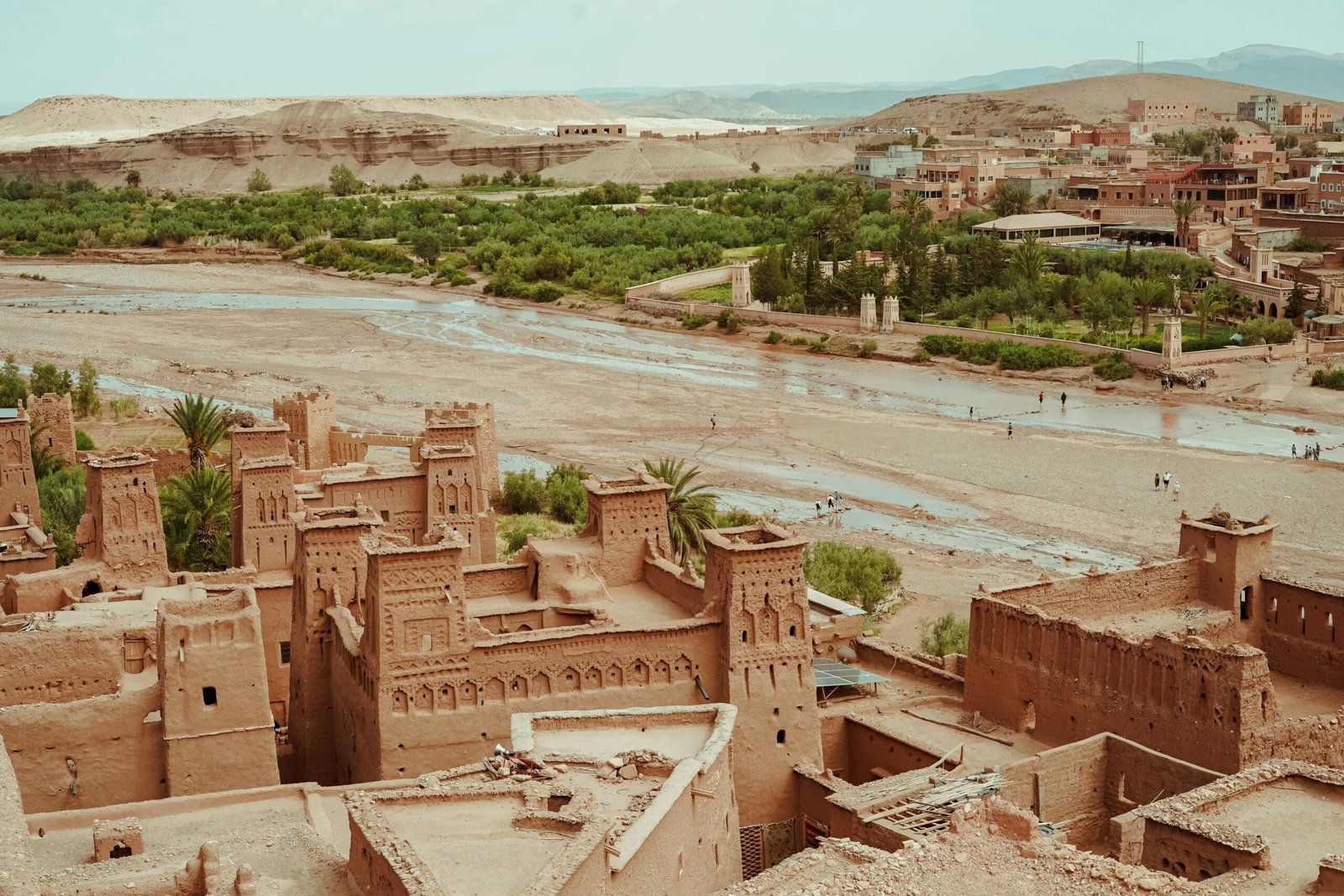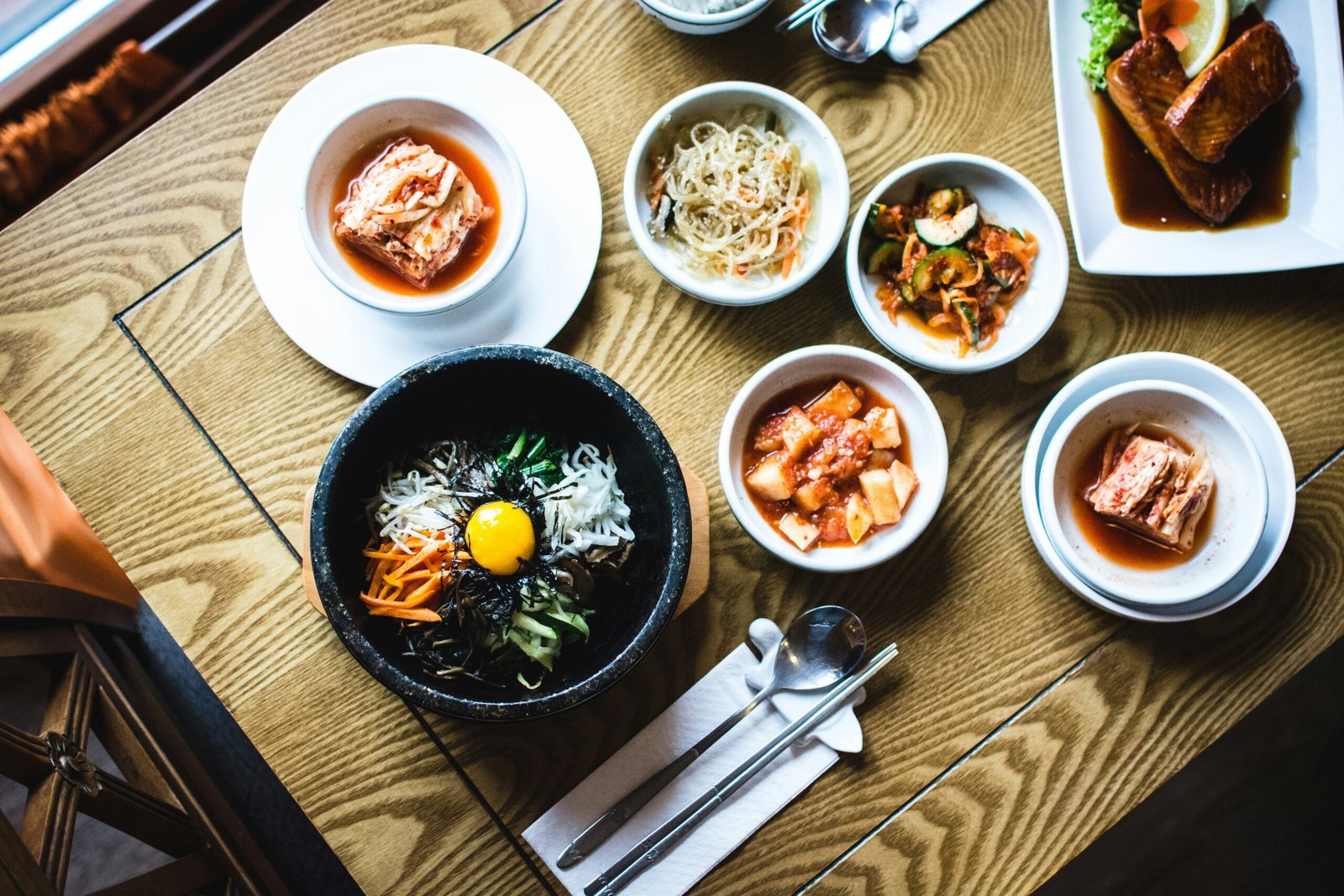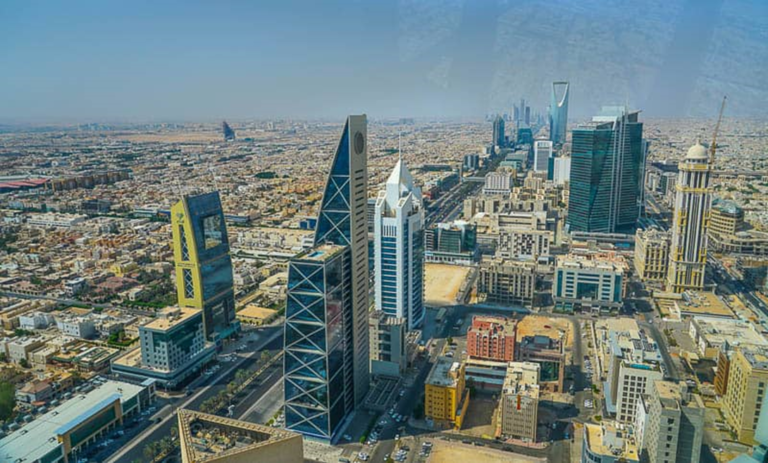Introduction to Minimalist Packing
Minimalist packing is a practical approach that focuses on reducing luggage to the essentials, allowing travelers to experience the freedom of moving without the hindrance of excess baggage. This method is especially valuable for those who prefer to avoid checked baggage, as it promotes convenience and efficiency in travel. Embracing minimalist packing not only streamlines the packing process but also enhances the overall travel experience.
One of the primary advantages of packing light is the significant amount of time saved at airports. With a carry-on bag, travelers can bypass the lengthy check-in lines and avoid anxiously waiting at baggage claims upon arrival. This efficiency allows for a smoother transition from the airport to the initial destination, enabling travelers to maximize their time exploring rather than navigating the complexities of handling multiple bags.
Another key benefit of minimalist packing is the increased flexibility it offers during travel. A lightweight carry-on facilitates spontaneous adventures, as it allows for easier navigation through crowded tourist spots and public transportation. Having fewer items to manage means travelers can adapt more seamlessly to changing plans, relocating at a moment’s notice without the burden of heavy luggage weighing them down. This adaptability enhances not only the enjoyment of the trip but also piques the excitement of discovering new places.
As traveling trends evolve, more individuals are gravitating towards the minimalist approach, looking for ways to simplify their journeys. In the following sections, we will delve into detailed tips and strategies designed to help you pack efficiently for a month’s worth of travel while utilizing only a carry-on. By employing minimalist packing techniques, you will find that traveling lighter can significantly improve your experience on the road.
Choosing the Right Carry-On
Selecting the appropriate carry-on bag is vital for successful minimalist packing, especially for an extended trip. It is essential to choose a bag that complies with airline regulations, as each airline has specific dimensions for carry-on luggage. Standard measurements generally range from 22 x 14 x 9 inches, but it is always advisable to verify with your chosen airline before making a purchase.
When considering the type of carry-on luggage, travelers commonly encounter three primary options: hard-shell, soft-sided, and backpacks. Hard-shell bags are popular for their durability and security; they protect fragile items well but can be heavier and less flexible when fitting into tighter spaces. On the other hand, soft-sided bags are generally lighter and can be more accommodating during travel, allowing for slight overpacking or alteration to shape. However, they may offer less protection against impacts.
Backpacks have surged in popularity in recent years due to their versatility and comfort. They easily adapt to various travel situations and eliminate the need to roll or carry luggage by hand. Many modern backpacks feature multiple compartments, essential for organized packing. The right features significantly enhance minimalist packing; look for bags that include compartments for easy organization, compression straps to optimize space, and sturdy materials for durability during travel.
Weight is also a crucial factor; aim for lightweight options that do not compromise on quality to maximize your packing potential. Establishing a preference for a particular style—be it hard-shell, soft-sided, or a backpack—depends on personal travel habits and comfort. By thoughtfully evaluating the features and meeting airline requirements, you can select the ideal carry-on bag to facilitate a seamless minimalist packing experience for your month-long journey.
Essential Clothing Items
When embarking on a month-long journey with only a carry-on, selecting the right clothing items becomes crucial to maintaining both style and practicality. The key to efficient packing lies in versatility; each piece should be easily paired with multiple others to create a variety of outfits. Consider incorporating items that allow for mixing and matching, ensuring that you can adapt to different settings and occasions.
A suggested packing list may include four to five tops such as basic tees, button-up shirts, and a light sweater or cardigan. These options offer a solid base that can be layered or worn alone. By opting for neutral colors alongside a couple of statement pieces, you can easily create a multitude of ensembles.
For bottoms, two pairs of versatile pants—think dark jeans and lightweight trousers—paired with a skirt can provide additional choices. This combination not only extends your outfit options but also caters to various climates and events. Lightweight, wrinkle-resistant fabrics are essential, making it easier to keep your clothes looking fresh without the burden of ironing.
Outerwear is another critical component of your minimalist packing strategy. A compact, packable jacket that can shield you from wind or unexpected rain is recommended. This layer should ideally be lightweight and easily stowable in your bag when not in use.
Finally, when it comes to footwear, consider packing a pair of comfortable walking shoes and a pair of versatile sandals or flats that can suit both casual excursions and more formal outings. This combination allows for practicality without compromising on style.
In essence, the focus should remain on clothing options that are lightweight, easy to care for, and capable of seamlessly pairing with one another. This approach not only enhances the overall efficiency of your packing strategy but also supports a minimalist lifestyle.
Toiletries: Less is More
When packing for a month in a carry-on, managing your toiletries is crucial. The key principle here is minimalism; adopting a less-is-more approach enables travelers to maintain personal hygiene without overwhelming their limited space. Start by evaluating your current products and identifying multi-purpose items. For instance, a single moisturizer that doubles as a facial sunscreen, or a shampoo that also acts as a body wash, significantly reduces the number of separate products required.
Decanting products into travel-size containers is another effective strategy to minimize toiletries. Many beauty supply stores sell empty containers designed specifically for travel. Aim to fill these with only the essentials, which may include a small shampoo, conditioner, body wash, toothpaste, and a basic skincare regimen. By transferring only the necessary amounts, you can save space while ensuring you have what you need for your month-long journey.
Travel-specific regulations regarding liquids necessitate careful consideration. Most airlines mandate that liquids in your carry-on luggage must each be 3.4 ounces (100 milliliters) or less, and they must fit within a quart-sized bag. Therefore, be sure to check local guidelines and comply with security measures to avoid any inconvenience at the airport.
Essentials for toiletries should include a toothbrush and toothpaste, deodorant, and any daily medications. While it might be tempting to pack every product you use at home, remember that you can always purchase replacements along the way if necessary. By streamlining your toiletries, you ensure a hassle-free travel experience, allowing for more space in your carry-on for the items that truly matter.
Embracing Packing Cubes and Organizers
Packing cubes and organizers have transformed the way travelers manage their belongings. These innovative tools not only enhance organization but also maximize space within a carry-on, making them essential for minimalist packing. By providing distinct compartments, packing cubes help segregate clothing items, accessories, and toiletries, allowing for easy access when needed. Moreover, they enable travelers to visually assess their items at a glance, reducing the time spent rummaging through the bag.
The variety of packing cubes available on the market caters to different packing needs. These cubes come in various sizes, from small ones designed for undergarments to larger cubes suitable for bulkier garments like sweaters. This versatility allows travelers to customize their packing strategy based on their unique requirements. For instance, utilizing small cubes for rolled-up t-shirts can efficiently free up space, while a larger one can hold jackets or pants. Additionally, compression packing cubes are particularly beneficial for minimalist travel, as they minimize the bulk of clothing, allowing for a more streamlined carry-on bag.
When using packing cubes, it is essential to adopt an organized approach. Placing clothing items into designated cubes according to type or outfit can significantly enhance efficiency. For example, one cube can be allocated for day attire, while another can be reserved for evening wear. This systematic arrangement eliminates the need to unpack the entire bag for a specific item, facilitating quick retrieval during travel. Additionally, incorporating smaller organizers for accessories can further simplify packing. These small pouches can hold items such as chargers, toiletries, and other essentials, ensuring they remain accessible without cluttering the main packing space.
Optimizing Packing Techniques
Packing efficiently for a month using only a carry-on necessitates mastering various packing techniques to maximize space and maintain organization. One of the most effective methods is the rolling technique. By rolling clothes instead of folding them, you can significantly save space and reduce wrinkles. Clothes, such as t-shirts and pants, should be tightly rolled and stacked vertically in the carry-on, providing easy visibility and access.
Another strategy is bundling, where clothes are wrapped around a core item, which could include socks or a belt. This method not only compactly organizes clothing but also minimizes creasing. Begin with a larger item, such as a jacket, and layer smaller clothing items and accessories around it, creating a tight bundle that fits perfectly in your luggage.
Utilizing every inch of your carry-on is paramount. Make use of the space inside shoes by stuffing them with smaller items such as chargers, toiletries, or even rolled-up socks. This practice ensures that no area is wasted, ultimately allowing more items to fit without exceeding carry-on limits. To pack shoes efficiently, choose versatile pairs that can be worn on multiple occasions, reducing the total number of footwear options needed.
When considering accessories, opt for lightweight and multifunctional items. Scarves, for example, serve the dual purpose of keeping you warm and functioning as a fashion accessory. Additionally, use packing cubes or small bags to categorize items, ensuring that you can quickly find essentials without rummaging through the entire bag. Labeling these compartments can further assist in streamlining your packing experience.
By employing these packing techniques, you can effectively optimize space in your carry-on, ensuring that you have all the essentials needed for a month-long trip without compromising on organization or accessibility.
Technology and Travel Gadgets
In the realm of modern travel, the integration of technology and travel gadgets has significantly enhanced the overall travel experience. When packing for a month in a carry-on, it is crucial to include essential technology that is both compact and lightweight, ensuring that your cargo remains manageable while providing maximum utility.
First and foremost, a reliable portable charger is indispensable. These devices not only keep your smartphone charged—allowing you to navigate, communicate, and document your journey—but also ensure that you have power for other essential gadgets. Opt for a power bank that is slim and lightweight, with sufficient capacity to recharge your devices multiple times. Additionally, consider selections that offer multiple USB ports, catering to various devices efficiently.
Next, travel adapters are vital for international trips. Different countries have varying electrical standards and plug shapes, so a universal travel adapter can be a lifesaver. Look for compact designs that come with multiple USB outputs, allowing you to charge several devices simultaneously without the bulk of multiple converters. This not only saves space but also streamlines your charging process.
Another noteworthy gadget for minimalist travelers is a lightweight tablet or e-reader. These devices can serve multiple functions—from reading books to streaming media—helping to eliminate the need for multiple physical items in your carry-on. Such tools can contribute to significant weight reduction while still providing entertainment and information.
Lastly, consider investing in noise-canceling headphones. They are particularly beneficial for long flights or train rides, providing a more peaceful environment while allowing you to focus on work or leisure activities. Overall, incorporating these technological advancements can greatly enhance your travel experience without compromising on packability and convenience.
Travel Documents and Important Items
When embarking on a month-long journey with only a carry-on, the organization of travel documents and important items becomes paramount. To ensure a smooth travel experience, it is crucial to keep these essential documents easily accessible during transit. Effective management of your travel documents not only helps in expediting check-ins and security checks but also provides peace of mind throughout your travels.
Begin by creating a checklist of all essential travel items. This list should include your passport, tickets, and itineraries, which outline travel plans and accommodations. Furthermore, if you are traveling to a foreign destination, make sure to include any necessary visas and vaccination certificates, as these documents are often required for entry. Additionally, if you take any medications regularly, it is wise to pack them along with a copy of your prescriptions.
Using a travel wallet or an organizer can significantly enhance document accessibility. Travel wallets help keep your passport, tickets, and other important documents in one place, minimizing the risk of losing them. Moreover, by selecting a wallet with dedicated compartments for different items, you can swiftly locate anything you need during check-ins or when boarding flights. Look for options that are lightweight and compact, allowing for added convenience when slipping them into your carry-on luggage.
Furthermore, it is advisable to keep digital copies of your essential documents on a secure cloud service or an encrypted USB drive. In case of loss or theft, having digital documentation can make recovering important information much easier. Overall, a well-thought-out approach to organizing travel documents not only facilitates a seamless travel experience but also ensures that you are always prepared for any contingencies that may arise during your month-long adventure.
Staying Flexible and Adapting Your Pack
When embarking on travel with only a carry-on, one of the essential skills a minimalist can cultivate is adaptability. The ability to reassess your packing strategy in response to unforeseen circumstances can greatly enhance your travel experience. Weather changes, spontaneous activities, or unexpected events can arise at any moment, requiring a flexible approach to what you have packed.
Before your trip, it is prudent to stay informed about the weather conditions of your destination. Investing time in research allows you to select versatile clothing that can be layered, enabling you to adjust comfortably to temperature fluctuations. For instance, a lightweight jacket or a compact raincoat can serve as an excellent buffer against chill and precipitation without occupying significant packing space. Remember that selecting neutral colors and materials that mix and match can expand your wardrobe options, thus allowing you to adapt with ease.
In addition to being aware of the climate, consider the types of activities you may engage in during your travels. Should last-minute plans emerge, such as a hike or a formal dinner, being prepared is essential. A quick reassessment of your pack can help you determine which items can be removed or repurposed. For example, if an outdoor adventure presents itself, you might want to swap out formal shoes for more comfortable footwear or remove non-essential items to make room for gear.
Ultimately, remaining flexible is key to a successful minimalist packing strategy. By reassessing your items and embracing adaptability, you can enjoy a smoother travel experience, accommodating the unexpected without feeling burdened by excess baggage. This approach not only maximizes convenience but also enhances your ability to fully immerse yourself in the travel experience.















